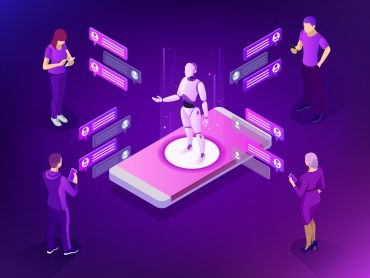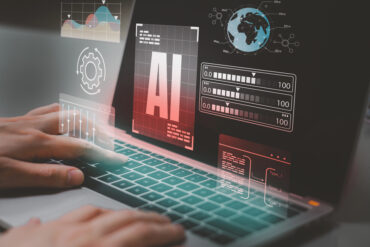
Chief supply chain officers that invested in innovative technology, such as hybrid cloud, AI-enabled workflows, and cybersecurity, outperformed their peers.
Chief supply chain officers (CSCOs) have had a rough two years, with the pandemic, inflation, and the Ukrainian war creating a lot of uncertainty and new challenges for businesses in all types of industries.
It is not all doom and gloom however, as CSCOs are receiving more attention and budget to alleviate the supply chain issues. With additional authority, data-led CSCOs are enabling new digitalization and automation projects, which aim to save organizations money at a critical time and reduce the potential disruption caused by the pandemic and Ukrainian conflict, through smarter optimization of the supply chain.
SEE ALSO: AI in Cybersecurity Report Predicts Market Growth
“Time, attention, and resources are finite entities, and what we’re seeing are moment-by-moment trade-offs and compromises as CSCOs rebalance and reimagine their operations,” said Jane Cheung, global research leader at IBM Institute for Business Value. “Almost half of CSCOs have introduced new automation technologies, an approach that can add predictability, flexibility, and intelligence to operations, especially automating decision-making. Production is streamlined, with robots performing the same tasks repeatedly and efficiently, and AI can monitor quality and track performance.”
In IBM’s study, it found that CSCOs who invest aggressively into transformation technology, such as scaling infrastructure, hybrid cloud, AI-enabled workflows, sustainability, and cybersecurity consistently outperform their peers.
Adoption of hybrid cloud technologies enables organizations to extend the value of their legacy applications, while also employing modern applications, which may be capable of optimizing the supply chain and removing redundant legacy systems.
CSCOs that use AI-enabled workflows gain deeper analysis of the supply chain, through pre-emptive modeling, decision impact, and evaluation of options without historical data. With AI, new ideas can be modeled without high costs or risk to the overall business, while also alerting leaders to issues before they become damaging.
Cybersecurity threats are becoming broader and more sophisticated, with hackers switching their aim to midmarket targets in 2022. According to IBM Research, 47 percent of cyberattacks in the manufacturing sector were due to unpatched vulnerabilities, which can be easily stopped with a cohesive cybersecurity policy.






























